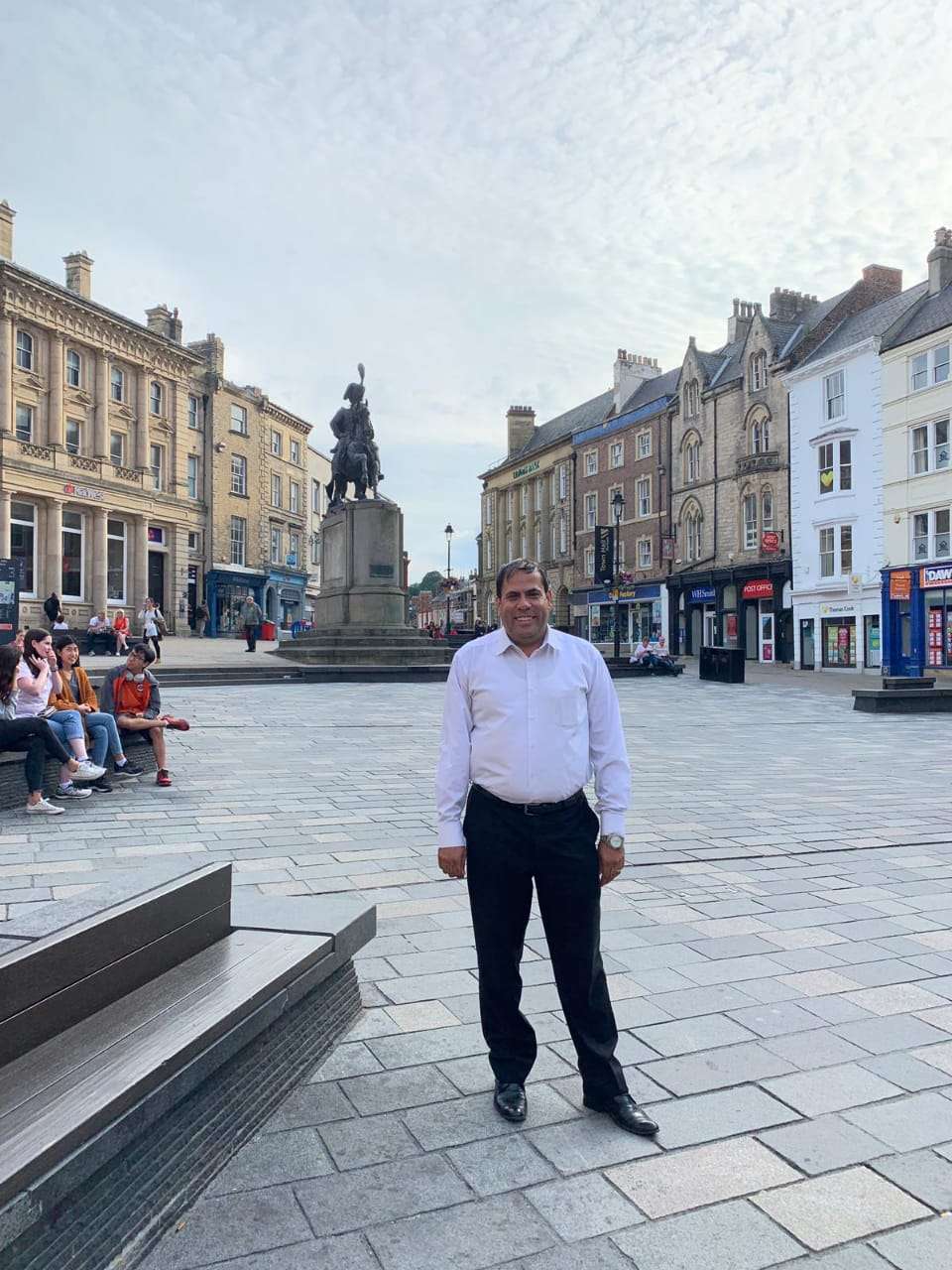Dr. Hussein Bassir, Director of the Bibliotheca Alexandrina Antiquities Museum, participated in the international conference entitled “Interactions Between Priests and Archaeological and Religious Landscape in the First Millennium BC Delta (Egypt)” at the Durham University, Department of Archaeology.
Dr. Bassir, Egyptian Egyptologist, has pointed out that Buto was one of the most important cities in ancient Egypt, especially in the Western Delta.
Several non-royal elite members’ statues with inscribed self-presentational inscriptions come from Buto.

Many of those inpiduals were priests who played a major role in their interactions with society, as priests lived and operated in the region.
They had close relationships with other inpiduals in the area and beyond. Their self-presentations reveal the complex historical and archaeological settings of the period and the religious landscape of the Western Delta in the First Millennium BC.

Their inscriptions also show that they had relations with the major centers of Upper and Lower Egypt during that period.
It is remarkable to see how those religious personnel strongly interacted with their territories and beyond, revealing the complex religious geography and predominant politics of the period.
Exploring the professional duties, concepts, ideas, and religious and moral beliefs of those religious personnel would enrich our knowledge of the physical and restored landscape of the Western Delta during the period.
Dr. Bassir’s presentation focused on those religious personnel who were living in Buto or originating from this Delta city through presenting, discussing and studying the content of their inscribed self-presentations on their statutes, especially from Saite Egypt.







